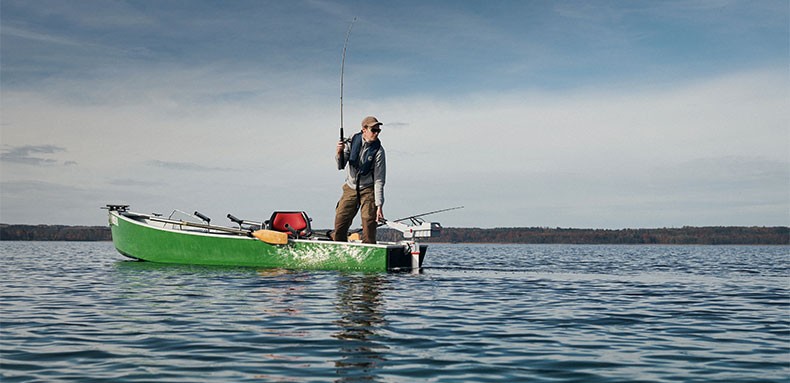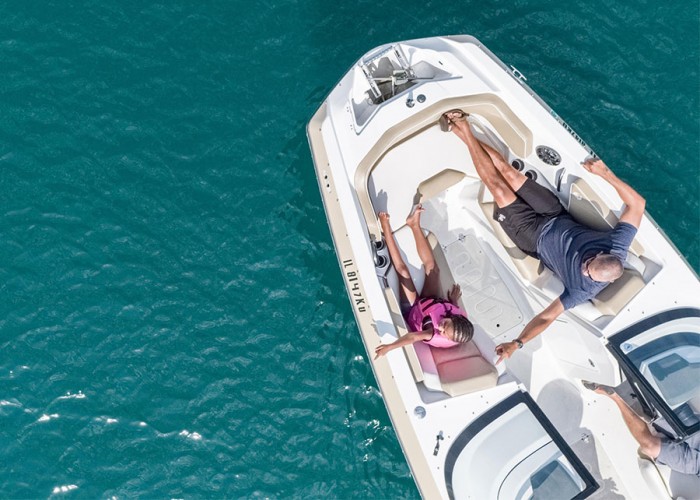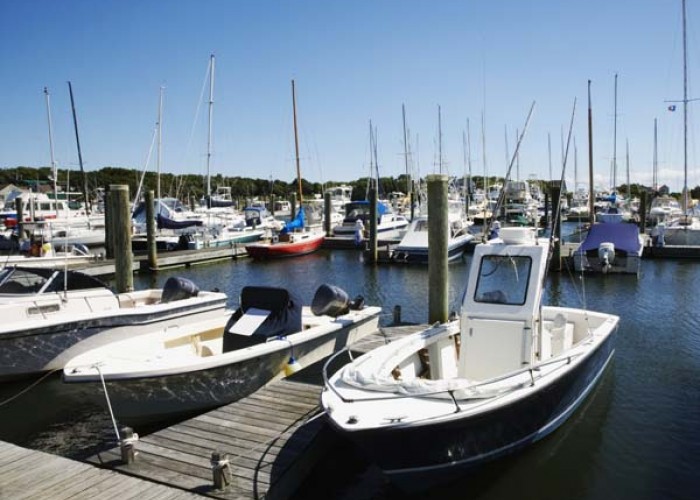The Perks of Battery-Powered Boating
Electric outboard motors are growing in popularity
By Jonathan SusserTorqeedo offers some of the lightest electric outboard motors in their power class.
Q: With gas prices on the rise recently — and the stress of finding gas during the shortage a couple of months ago — my family is looking to electrify more of our home gear. In particular, we’ve been considering an electric-powered fishing boat. What are our options here?
A: Well, you’re definitely looking in the right direction. Two big advantages of battery-powered equipment are price stability and convenience. Electricity prices fluctuate less than gasoline (and they’re lower overall), and you can usually use any ol’ electrical outlet to plug in and charge up!
On top of these benefits, there’s typically less maintenance to worry about (thanks to there being fewer moving parts) and no gas or oil — and the associated storage and transportation — to deal with.
Electric technology isn’t new to boating; it has been used in some form for more than a century. Over the last few decades in particular, though, battery-powered trolling motors (those used more for maneuvering and positioning) have become commonplace.
Even more recently, electric outboard motors (those that give you additional oomph and are designed to be the primary power source of a boat) have been growing in popularity, with expanding options for johnboats (see page 26 for some johnboat basics), bass boats, dinghies, pontoons and the like. Popular manufacturers include Torqeedo, Pure Watercraft, Minn Kota, Elco and ePropulsion.
Given their more rapid advancement in the market, we’ll focus mainly on electric outboards in this article, but a trolling motor may be sufficient to meet your needs.
So, first off, why are outboard motors getting the battery treatment? In addition to the perks noted above, there are certain performance benefits. For example, you’ll get better torque and a quieter ride, so you’re less likely to scare off fish.
You’ll also have more lakes and reservoirs to explore. Some bodies of water don’t allow gas-powered boats to launch.
Downsides to electric outboard motors tend to be price and runtime, but these drawbacks should wash away as the technology continues to develop and become more available.
The purchase price of electric outboard motors is generally higher than similar gas-powered models (and batteries may be a separate expense); however, the smaller the motor, the more cost-competitive it will be. Also, as mentioned earlier, you will save money over time thanks to the reduced maintenance and increased reliability.
When it comes to runtime, just like with battery-powered trolling motors, a few factors play a role — namely your speed and power consumption. Most outboard models include a digital display that provides key metrics to keep you informed. You’ll likely be fine all day when gliding along at a leisurely pace. Turn up the throttle, though, and you might have to return to the dock a bit sooner than you would like.
One more note about sizing terminology: Electric outboard motors are usually rated in watts (W) and kilowatts (kW), not horsepower like conventional gas-powered outboards. Therefore, manufacturers will often provide a horsepower equivalent for their products.
If you’re not quite ready to make the switch to an electric outboard motor, definitely keep it in mind for the future, and be on the lookout for electric-only fishing tournaments near you!
-
More on boating
-
Share this story:





